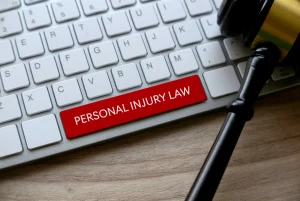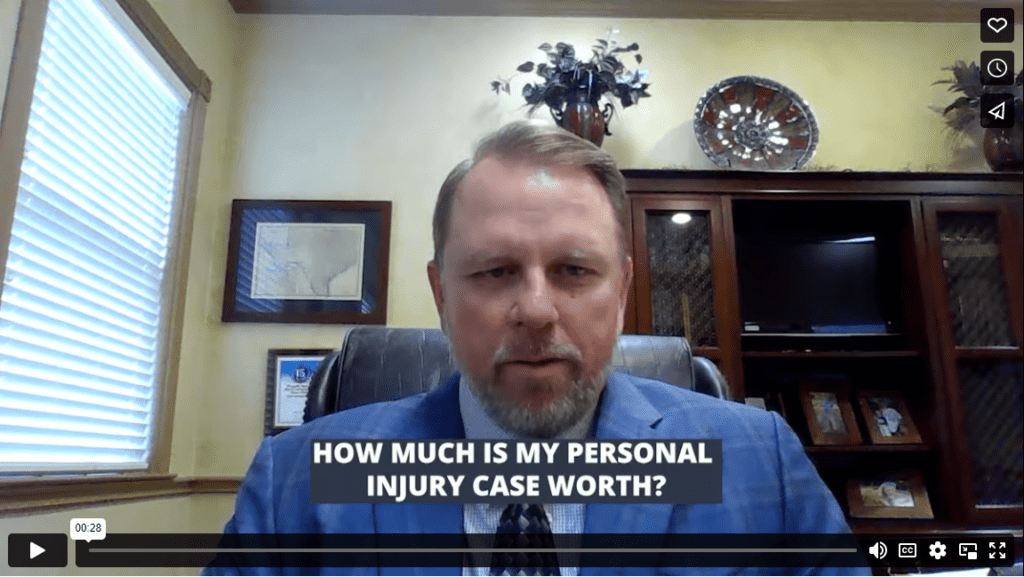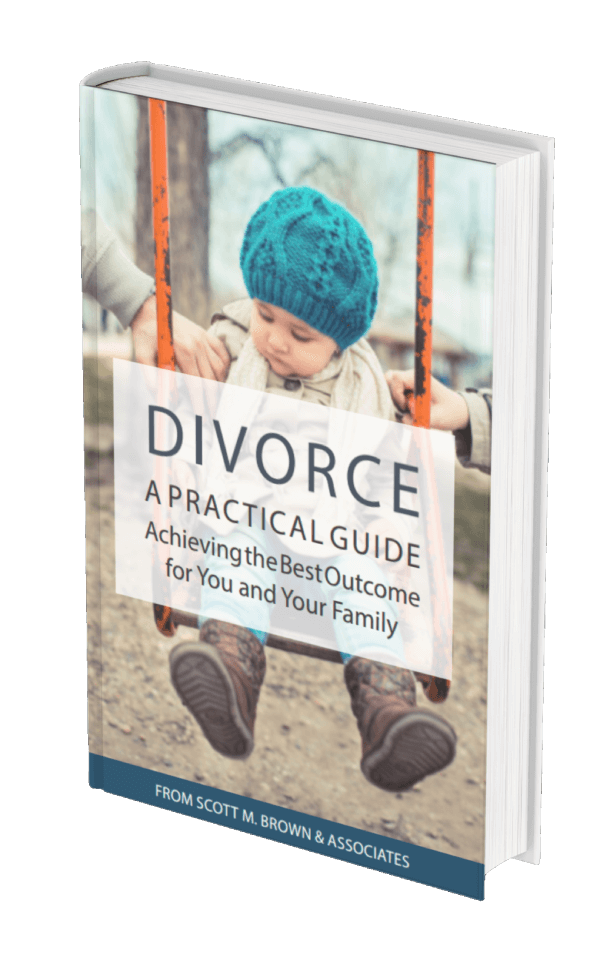Proving fault in a personal injury case, regardless if intentional, negligent, or strict liability, involves two fundamental issues: liability and damages. Was the defendant accountable for the losses you suffered, and if yes, what were the nature and extent of your injuries? Our legal system will compensate you for your loss as long as you can prove liability and damages.
Personal injury claims include a broad range of scenarios and kinds of accidents. You may have been hurt in a car accident, suffered a slip and fall accident on someone’s property, or suffered a dog bite by a neighbor’s pet. All of these incidents are considered personal injury, and the severity of your injury may significantly impact the processing of your claim.
In some cases, you may be able to handle a claim against the other party on your own through insurance or Small Claims Court. But other times, you need to seek the advice and help of an experienced personal injury lawyer.
Trying to handle a claim on your own only to end up hiring a personal injury lawyer later may complicate the claims process, so seriously consider what you are capable of and what is at risk if you mishandle your case. If you are not sure what to do and how to handle a personal injury claim, visit a personal injury attorney to find out if hiring one is worth the expense.
The compassionate Houston personal injury attorneys at Scott M. Brown & Associates offer personalized legal services as well as prompt action to make sure that you get the full compensation you are entitled to. We assist victims in obtaining compensation for injuries suffered as a result of the negligence of other people and help families obtain justice after the wrongful death of a loved one.
Contact our law firm in Houston now for immediate help or to speak with a personal injury attorney.
What Are The Different Types of Personal Injury Cases in Texas?
A personal injury claim is often based on incidents caused by someone’s negligence and is typically measured by a required standard of care as well as how a reasonably sensible person would behave in comparable circumstances. Seeking legal assistance from a competent personal injury attorney is an important decision if you have been involved in any of the following personal injury cases:
- Car accident case
- Truck accident
- Boating accident
- Brain injury caused by auto accident
- Injury caused by a defective product
- Premises liability
- Product liability
- Birth injury resulting from medical negligence
- Bites from dogs
What Is Texas’ Personal Injury Law Regarding Negligence?

Aside from how the law views comparative negligence and contributory negligence, laws are not too different from one state to another.
Comparative Negligence And Contributory Negligence In Texas
In a scenario where a client claims that they were hurt in a car accident and were not at fault, but somehow the adjuster charges them with some percentage of blame, this is referred to as comparative negligence. Comparative negligence can be used as a partial or entire defense to a personal injury lawsuit for negligence in Texas. This is how it goes:
Comparative Negligence: It Can Reduce Your Recovery
Assume you are in a vehicle accident. As you approached a green light junction, a car in front of you turned left, triggering an accident. Many factors contribute to car accidents and injuries: speed, traffic law violations, seat belts, driver’s distractibility, etc.
The insurance company will investigate your claim through its adjuster. Though an adjuster may agree with your right of way claim, they might also say that you were speeding. If so, the adjuster can also say that you contributed to the accident. For example, the other car driver could be around 70% at fault and you could be about 30% at fault. This is referred to as comparative negligence or contributory negligence.
In the case of a negligence lawsuit (for example a car accident), the defendant can claim and show evidence that you were negligent too and urge the jury to allocate a percentage to each of the drivers. Should the jury assign the plaintiff some percentage of carelessness, the jury’s judgment will be lessened by that percentage.
Contributory Negligence: Its Use As A Complete Defense
The plaintiff is safe if he or she is given about 50% (or lower) of the blame. On the other hand, if the plaintiff is found to be more than half at fault, the plaintiff receives no compensation. This is also applicable if the defendant is determined to have been partly negligent. This makes around 50% the magic number.
If you are the plaintiff in a case, you will want to be sure and hope that the jury does not find you to be more than 50% at fault. Otherwise, you will be left with nothing.
Simply because an insurance company assigns you a portion of fault does not guarantee your claim will be denied. It simply means that your claim is being reduced. However, the decision of the insurance adjuster is not legally binding.
Should you disagree with the adjuster’s assessment, you can initiate a lawsuit to see how strong they believe the evidence is to justify a complaint of comparative negligence against you. This legal concept is often used by adjusters to support a low-ball settlement proposal.
What Compensatory Damages Are Available For Personal Injury Claims In Texas
A personal injury victim may be entitled to a variety of damages, such as the following:
Economic Damages
Economic damages are damages that reflect the financial losses experienced by the accident victim which could be directly attributed to economic factors. Among the economic damages are:
- Property damage
- Medical expenses
- Hospital expenses
- Wages that were lost
These types of damages are often basic and will not be too hard to prove. Another kind of economic damage is the loss of earning ability. If an injury hinders you from going back to work or if you can only do lower-paying jobs, you may be eligible to recover the shortfall between what you can earn today and what you were likely to earn before the accident. In most cases, an economic expert witness is required to demonstrate this aspect of your damages claim.
Non-Economic Damages
Non-economic damages are damages that are not directly related to a particular economic loss and may be harder to prove. They compensate accident victims for their physical, mental, and emotional suffering, scars, disfigurement, and inconvenience.
Punitive Damages
Punitive damages are meant to punish the defendant and discourage such behavior in the future. These damages are only enforced in the most extreme of cases.
According to Texas Civil Practice and Remedies Code 41.001, aggrieved parties can seek punitive damages if they can show that the defendant engaged in grossly negligent, fraudulent, or malicious behavior.
Punitive damages, as opposed to economic and non-economic damages, are meant to punish the guilty party for their outrageous behavior. Such damages are frequently included in personal injury claims resulting from impaired driving accidents.
The Value of Your Personal Injury Case
In the video, personal injury attorney Scott gives 7 vital questions that will provide the value of your personal injury case.
How to Prove Fault In A Texas Personal Injury Case
Strong evidence is the key to success in proving fault in a personal injury case. The insurance company will not pay you anything unless you prove that you were injured and that their insured was at fault.
Gather evidence at the accident scene of your injuries and during your treatment if you are able. Evidence such as a police report or incident report, photographs, video, and eyewitness accounts may help substantiate your claim.
A high-dollar, catastrophic injury claim oftentimes needs evidence that is difficult to get on your own. In such circumstances, a personal injury lawyer will be helpful in securing subpoenas and interrogatories, as well as obtaining court orders for protected information.
Circumstantial Evidence in Personal Injury Cases
Circumstantial evidence is the most common type of evidence in personal injury claims, most especially in product liability and auto accident cases. A large portion of the forensic evidence utilized in these sorts of personal injury cases is considered circumstantial.
In auto accident injury cases, forensic evidence like skidmark analysis, collision reconstruction diagrams or videos, and other hard evidence that helps suggest but does not establish fault and/or negligence is considered indirect or circumstantial.
Circumstantial evidence, such as expert witness testimony, is often used in product liability trials. In other cases, it is used to prove that a product defect is at fault for your injury. This kind of circumstantial evidence could include information on:
- The history and use of the product that caused the injury
- Comparable accidents and injuries caused by the product
- Comparable products that result in similar accidents
- The most probable cause of the product malfunction that caused your injuries.
Show You Were Hurt
It is insufficient to express pain or discomfort. You must provide medical bills and treatment documentation proving that your injury was caused by the accident.
Seek Medical Care Right Away
Go to the emergency department of a hospital, an urgent care facility, or your primary care physician. Tell each and every medical provider how, when, and where you were injured. The medical records should detail the full extent of your injuries and link them to the accident.
When you are ready to file an insurance claim, ask your physicians, physical therapist, and anyone else who treated you for copies of your medical records and medical bills. These will be used as evidence in your claim.
Hire the Services of a Skilled Houston Personal Injury Attorney
In Texas, our personal injury lawyers have been delivering highly personalized and aggressive legal representation to fight for the rights of our injured clients.
Let our law firm help you understand your options, help you receive compensation for your injuries, and guide you through the legal process of obtaining compensation for medical bills, lost income, and pain and suffering as a result of your injuries from an accident. Contact our personal injury law firm now to schedule an appointment!




